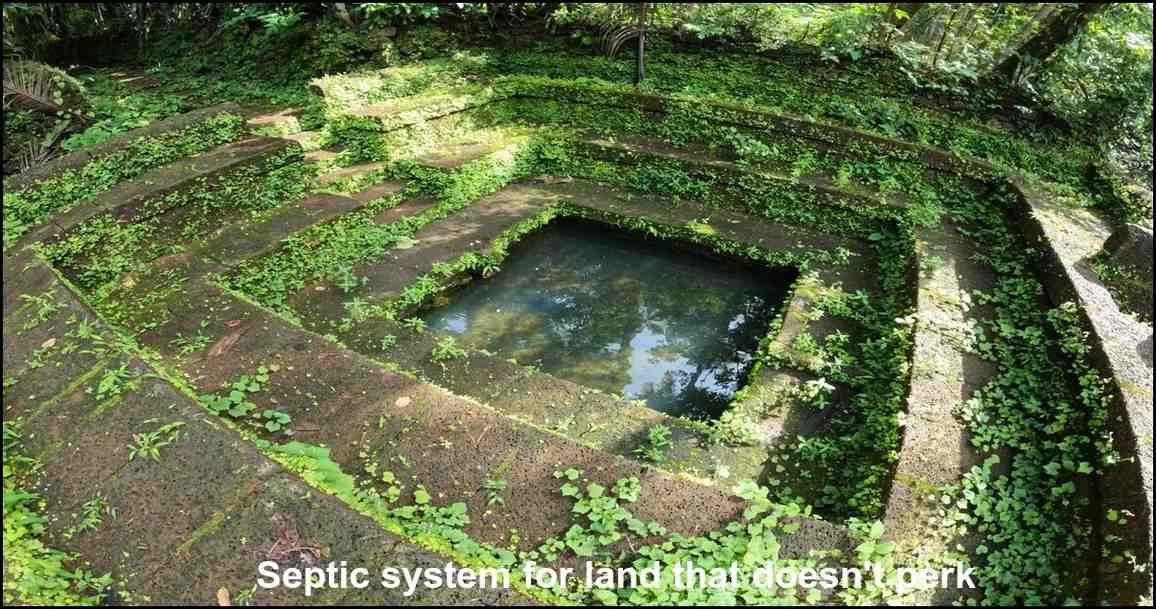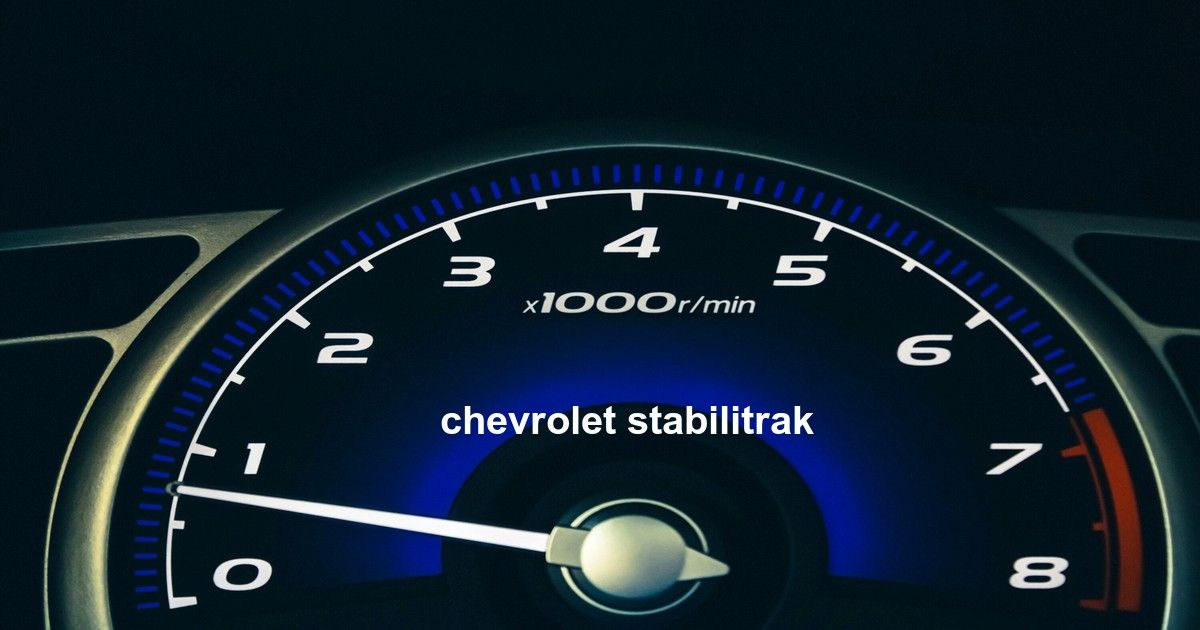When Your Dream Land Fails a Perc Test
Buying rural or undeveloped land is exciting — until you learn it doesn’t perk. For many property owners, a failed percolation test feels like a deal-breaker. But in reality, it doesn’t mean your land is unusable.
When soil fails to drain properly, you simply need a septic system engineered for poor or restrictive soils. These systems are designed to safely treat wastewater where traditional drain fields won’t work.
In this comprehensive guide, you’ll learn:
- Why land fails a perc test
- The best alternative septic systems for non-perk conditions
- Realistic costs, maintenance needs, and permitting advice
- How to choose the right solution for your property
By the end, you’ll have a clear, expert-level understanding of how to move forward — and why owning non-perk land doesn’t have to stop your building plans.
What a Perc Test Reveals and Why It Matters
A percolation (perc) test measures how quickly water drains through your soil. It’s performed by a licensed engineer or health department official before approving a septic permit.
Here’s how it works: small test holes are dug in the soil, filled with water, and timed to see how long it takes for water to be absorbed. The results determine whether the soil can safely filter wastewater from a septic system.
When land “doesn’t perk,” it usually means:
- The soil contains too much clay, which retains water.
- The groundwater table is too high.
- There’s shallow bedrock or hardpan beneath the surface.
- The lot is too small or sloped for a standard drain field.
If your land fails, don’t panic. There are proven, code-approved alternatives that work in these conditions.
Why Traditional Septic Systems Fail on Non-Perk Land
A conventional septic system uses a tank and a leach field. The tank separates solids from liquids, and effluent flows into the drain field to be naturally filtered through the soil.
But if your soil doesn’t drain — such as heavy clay or shallow water tables — that filtration can’t happen. Effluent can back up into your tank or surface on the ground, creating odor, contamination, and serious health risks.
Local health departments won’t approve a standard system in these conditions because untreated wastewater can seep into groundwater or nearby wells.
That’s why alternative septic systems exist — to handle wastewater treatment where natural soil absorption isn’t reliable.
Alternative Septic Systems That Work on Non-Perk Land
Below are the most reliable, code-compliant solutions homeowners use when a perc test fails. Each is proven, engineered, and widely approved across U.S. counties.
1. Mound Septic Systems
How it works:
A mound system elevates the drain field above the natural soil surface using layers of sand and gravel. Effluent from the septic tank is pumped into this mound, where it’s filtered through the engineered layers before reaching the ground.
Ideal for:
- High water tables
- Shallow bedrock or clay soils
- Sloped terrain
Pros:
- Works where no natural drainage exists
- Environmentally safe when designed correctly
Cons:
- More visible than traditional systems
- Requires regular pump maintenance
Cost range: $12,000–$25,000 depending on site grading and pump size.
Expert tip: Annual inspection and cleaning of the pump chamber are crucial to prevent overflow.
2. Aerobic Treatment Units (ATUs)
How it works:
An ATU introduces oxygen into the wastewater, encouraging bacteria to break down organic material much faster than in a traditional anaerobic tank. The effluent that leaves the system is cleaner and can often be dispersed through smaller or shallow soil areas.
Ideal for:
- Tight spaces or small lots
- Areas with impermeable or rocky soils
Pros:
- Highly effective treatment
- Compact footprint
- Reduces odor and environmental risk
Cons:
- Requires electricity and routine servicing
- Higher upfront cost
Cost range: $10,000–$20,000 including installation and monitoring.
Maintenance: Must be inspected 2–4 times per year by a licensed technician.
Professional insight: Many ATUs come with built-in alarms that alert you before a failure occurs, making them reliable for long-term use.
3. Drip Distribution Systems
How it works:
This system pumps pretreated wastewater through small tubing buried just under the surface. The effluent is released slowly and evenly, allowing time for soil absorption — even in poor soil conditions.
Ideal for:
- Shallow soils
- Irregular or sloped lots
Pros:
- Minimal disturbance to landscape
- Uniform distribution prevents pooling
Cons:
- Needs electricity and filtration
- Higher maintenance
Cost range: $10,000–$18,000
Tip: Combine with an ATU for the most effective treatment on clay-heavy land.
4. Recirculating Sand Filters (RSF)
How it works:
Wastewater flows through a filter bed of sand in a controlled, recirculating process that removes contaminants before entering the soil.
Ideal for:
- Sites with poor drainage and limited space
Pros:
- Produces high-quality effluent
- Long lifespan with proper care
Cons:
- Requires professional design and regular backwashing
Cost range: $9,000–$15,000
This is one of the oldest and most trusted engineered alternatives for non-perk land, still widely approved by environmental authorities.
5. Constructed Wetland Systems
How it works:
Modeled after natural wetlands, this system channels wastewater through a lined bed filled with gravel and wetland plants that filter and break down waste biologically.
Ideal for:
- Environmentally focused properties
- Warm or temperate climates
Pros:
- Low-energy, natural process
- Attracts beneficial wildlife
Cons:
- Requires significant space
- Can freeze in cold climates
Cost range: $7,500–$15,000
Eco note: EPA studies show properly designed wetland systems can remove 90%+ of organic pollutants.
6. Holding Tank Systems (Temporary or Low-Use Option)
How it works:
A watertight tank collects all wastewater for regular pumping and hauling to a treatment facility.
Ideal for:
- Seasonal cabins
- Remote or low-use properties
Pros:
- Quick to install
- No soil limitations
Cons:
- High ongoing pumping costs
- Requires frequent monitoring
Cost range: $3,000–$8,000 (installation) + monthly pumping fees.
Use only if you have low occupancy or no viable soil treatment alternative.
Choosing the Right Septic System for Your Property
Selecting the correct system isn’t about cost alone — it’s about long-term performance, compliance, and environmental safety. Follow these expert steps:
- Hire a licensed soil evaluator or engineer.
They’ll perform detailed site and topographic assessments beyond a basic perc test. - Review local health department requirements.
Some counties have preferred systems or certified vendor lists. - Consider lot layout and elevation.
Gravity vs. pump-based systems affect both cost and maintenance. - Request at least two bids from certified installers.
Ask for references and warranty details. - Plan for maintenance.
Most alternative systems require annual inspections and periodic component replacement.
Expert takeaway: Investing in professional design upfront often saves thousands in future repairs or regulatory issues.
Cost Comparison of Alternative Septic Systems
| System Type | Average Installation Cost | Annual Maintenance | Best For |
|---|---|---|---|
| Mound System | $12,000–$25,000 | $200–$500 | High water tables |
| ATU | $10,000–$20,000 | $300–$800 | Small lots, poor soils |
| Drip Distribution | $10,000–$18,000 | $200–$600 | Shallow soils |
| Sand Filter | $9,000–$15,000 | $200–$400 | Limited space |
| Constructed Wetland | $7,500–$15,000 | $150–$300 | Eco-friendly homes |
| Holding Tank | $3,000–$8,000 | $1,000+ (pumping) | Seasonal use |
Pro insight: While mound and ATU systems cost more upfront, their reliability and compliance make them the most common long-term solutions for non-perk land.
Permits, Codes, and Environmental Considerations
Every alternative septic installation must comply with local health department codes. Most require:
- Soil and site evaluation report
- System design approved by a licensed engineer
- Installation inspection
- Maintenance agreement for ATUs or drip systems
Environmental note:
Poorly designed or neglected systems can contaminate wells and waterways. Choose systems that treat effluent to secondary or tertiary standards to protect groundwater.
Sustainability focus:
- Low-energy ATUs and wetlands reduce carbon footprint.
- Some states offer grants or tax incentives for eco-friendly systems — check with your county environmental agency.
Real Homeowner Experiences and Expert Tips
Case Study 1: The Clay County Solution
A homeowner in Tennessee installed a mound system after repeated perc test failures. Despite higher upfront costs, their system has run flawlessly for eight years with minimal maintenance.
Case Study 2: Eco-Home in Oregon
An off-grid family built a constructed wetland that doubles as a native plant habitat. It reduced their water waste by 40% and passed all state health inspections.
Expert Tip:
Schedule a professional inspection every six months during the first year to ensure pumps and aerators are functioning correctly. Small issues caught early prevent costly rebuilds later.
Common Mistakes to Avoid on Non-Perk Land
- Ignoring local regulations: Always get permits before installation.
- DIY installations: Septic systems require licensed professionals.
- Skipping maintenance: Failing to service pumps or aerators can cause total system failure.
- Choosing the cheapest quote: Experience matters more than price in septic design.
Remember: The cheapest option rarely lasts the longest in poor soil conditions.
Future Innovations in Septic Technology
The septic industry is evolving toward smarter, greener systems.
- Smart monitoring systems now alert homeowners via mobile app when maintenance is needed.
- Bio-reactor tanks use natural enzymes and microorganisms for ultra-efficient breakdown.
- Solar-powered ATUs are being piloted to reduce energy consumption in rural areas.
As environmental regulations tighten, expect these innovations to become more mainstream — especially for non-perk landowners seeking sustainable, long-term solutions.
Conclusion: Building Smart on Non-Perk Land
Owning land that doesn’t perk isn’t the end of your building dreams — it’s an opportunity to design smarter.
With today’s advanced septic technologies, nearly any property can support a safe, efficient, and code-approved wastewater system. Whether you choose a mound, ATU, drip, or wetland system, what matters most is proper design, professional installation, and consistent maintenance.
Key takeaway:
A failed perc test is a challenge, not a deal-breaker. With expert guidance, you can transform even the most difficult soil into a buildable, environmentally responsible homesite.
You May Also Read: Earn Income Promoting MyFitnessPal




